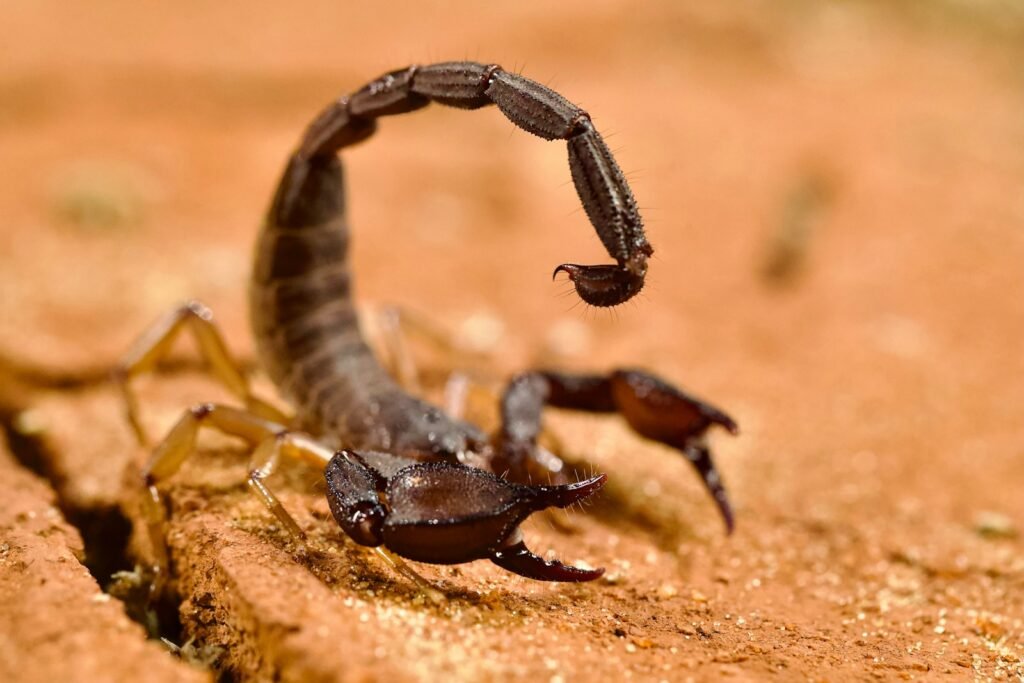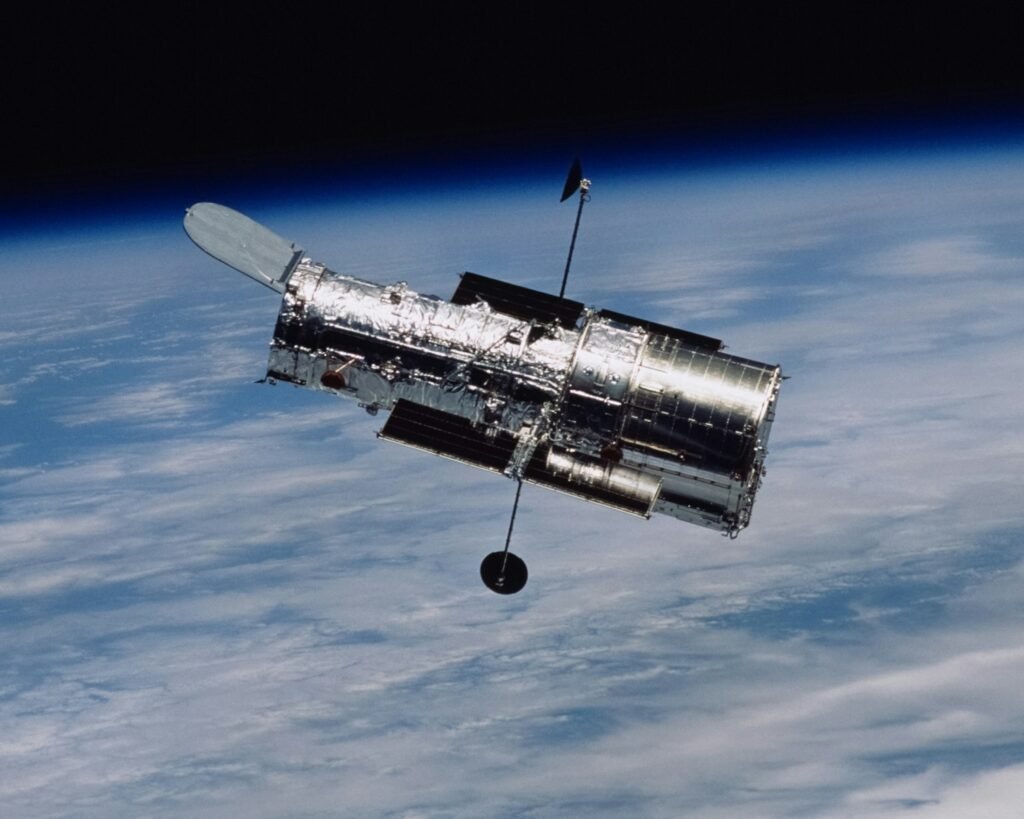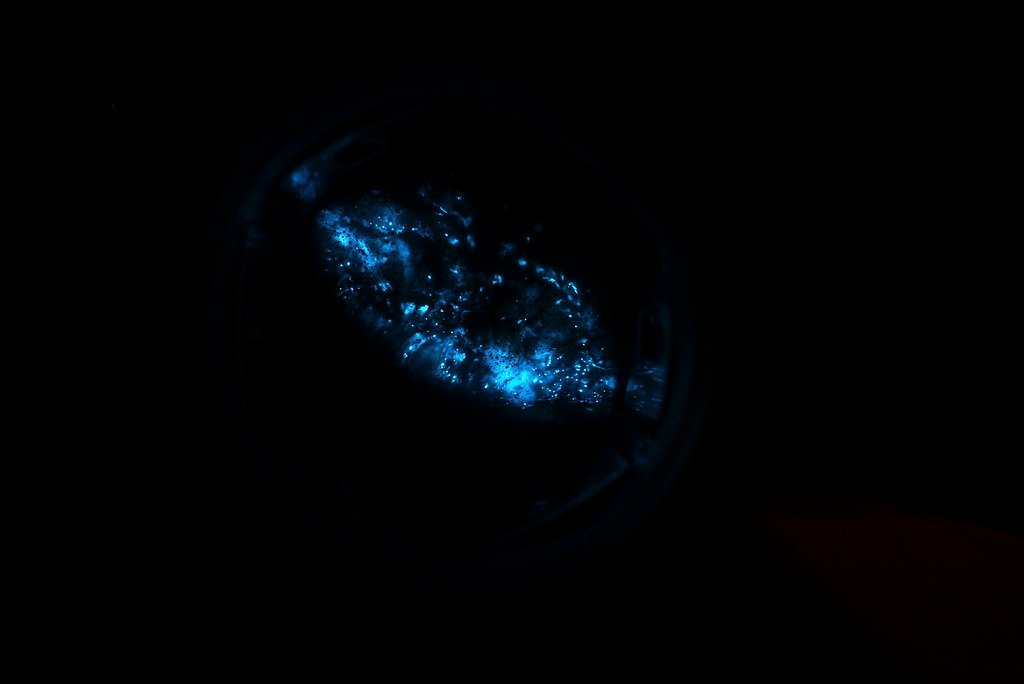Astrology poses the question, biology sharpens it: which creature truly channels Scorpio’s deep, magnetic force? The answer hides in plain sight and in midnight waters, in armor and in soft skin that changes color like a whispered secret. Scientists are mapping behaviors once dismissed as myth, and what emerges feels strangely familiar – strategic, solitary when needed, but fiercely loyal to a mission. Think less about stereotypes and more about survival tools, sensory superpowers, and patience that borders on obsession. As we follow the evidence, one animal rises above the expected mascot and makes a compelling, science-backed case for Scorpio’s signature intensity.
The Hidden Clues

Intensity in nature rarely announces itself; it works quietly, then strikes when the odds tip. Predators that wait out the chaos instead of joining it often come out ahead, and that is a very Scorpio move. Ecologists call it ambush strategy or opportunistic predation, but the effect is the same: conserve energy, control the moment, and commit fully. These animals don’t gamble on maybes; they calculate, adapting to light, currents, and the tiniest vibrations. When you watch long enough, patience looks less like passivity and more like a sharpened blade.
There’s another clue in how power hides beneath restraint. Many species leverage darkness or camouflage to set terms, from reef crevices to forest understories. The intensity sits in the preparation: mapping escape routes, reading microshifts in the environment, resisting the urge to act too soon. If intensity had a scent, it would be the still air seconds before a storm breaks. When we hunt for Scorpio’s mirror in the wild, we look for this precise moment – coiled, focused, unblinking.
From Ancient Symbols to Modern Science

The scorpion symbol is ancient, but modern field biology gives it new context. Desert nights test everything, yet scorpions endure, equipped with tactile hairs that register faint breezes and ground-borne tremors. Their exoskeletons fluoresce under ultraviolet light, an eerie signal whose purpose scientists still debate, though it may help with light detection or predator confusion. They thrive not by spectacle but by subtlety, navigating in dim conditions where a single mistake is dinner or death. Ritual iconography met its match in a real creature engineered for scarcity and precision.
Science also rewrites what we think of animal “personality.” Traits like boldness, neophobia, and problem-solving vary noticeably even among individuals of the same species. That means intensity is not just species-level branding; it’s expressed through strategies: stealth, speed, deception, or teamwork. As methods evolve – from infrared camera traps to high-resolution biologging – our picture of “fierce” gets more nuanced. The myth persists, but the measurements finally catch up.
The Scorpion, Up Close: Venom, Armor, and Night Vision

Of course the scorpion claims first mention; its very name anchors the zodiac. Its stinger delivers a complex cocktail of peptides that can paralyze prey far larger than it looks capable of subduing. Pectines – comb-like sensory organs on its underside – sample chemical trails like tiny data brooms, translating terrain into tactical decisions. Multiple simple eyes help the scorpion function in low light, while mechanosensors tune into footsteps it never sees. This is intensity as engineering: deliberate, durable, and ruthlessly efficient.
Yet the scorpion’s power is not chaos, it’s control. It limits risk by fortifying itself and dictating distance, staying just outside a prey’s panic zone. Many species limit strikes to when success is most probable, a lesson in restraint that urban life could use. Even the fluorescence under ultraviolet glow hints at a world built for edge cases, where marginal gains decide survival. In a universe that rewards focus, the scorpion reads like a thesis statement.
Masters of Camouflage: Octopus and the Art of Disappearing

Then the octopus swims in, and the room goes quiet. With skin that can shift color and texture in fractions of a second, it rewrites visibility itself, blending into coral, rock, or nothingness. Neural control spreads into its arms, giving it a distributed intelligence that feels almost alien yet deeply practical. One moment it’s a sand ripple; the next, a sudden bloom of motion that nets a crab before anyone registers the change. If mystery had a wardrobe, this animal designed it.
Camouflage is not just hiding; it’s narrative control. The octopus manages information in the water column, deciding who sees what and when. It uses tools, exploits openings, and abandons fights that waste energy, choosing precision hits over brawls. The result is a kind of quiet dominance – no banner, no roar, just a clean win. Scorpio’s intensity lives comfortably here, in a mind that edits the stage before stepping onto it.
Relentless Hunters: Jaguar and Orca in Focus

Some intensities prefer weight and impact. Jaguars stalk river edges and dense understory, then explode with a bite powerful enough to crack turtle shells. Their choice to target the skull or spine reads more like strategy than brute force, and it works astonishingly often. Water does not intimidate them; it invites them, widening the menu and the terrain where they excel. Here, the message is short: act when you are certain, and finish quickly.
In cold seas, orcas coordinate hunts with a precision that looks like choreography from a distance. They specialize by culture, passing techniques through generations, from wave-washing seals to corralling fish into tight bait balls. This is power as a group project – made of timing, roles, and trust – which is its own form of intensity. There’s no panic in it, only rehearsal and resolve. While the jaguar is a solo tactician, the orca is a symphony with teeth.
Why It Matters

Choosing an animal avatar might sound playful, but it pushes us to ask better scientific questions. What is intensity when stripped of metaphor – metabolic budgeting, neural control, sensory range, or social learning? Comparing these animals gives us testable variables, the kind that translate into soft robotics, adaptive materials, and smarter conservation. In research, the wrong proxy creates noise; the right one unlocks patterns we can build on. The goal isn’t to romanticize nature, but to read its methods without flinching.
Relative to folklore, this approach demands evidence over charm. Traditional zodiac pairings lean on symbolism, while modern biology hunts for measurable signatures: energy efficiency, decision thresholds, and success rates under stress. When we weigh scorpion, octopus, jaguar, and orca by these metrics, a clearer front-runner emerges for Scorpio’s brand of focused power. The octopus edges ahead, not because it’s flashier, but because it controls information and risk with uncanny precision. If intensity is calculated devotion to a result, the octopus makes the strongest scientific case.
The Future Landscape

New tools are about to make this debate more empirical. High-speed, low-light cameras will map micro-movements in hunts that happen too fast for the human eye, turning hunches into datasets. Biologging tags are shrinking, letting researchers track fine-scale decisions in complex habitats without changing the animals’ behavior. Machine learning will parse thousands of hours of footage to quantify patience, deception, and commitment across species. The next few years could turn “intensity” into a suite of measurable traits rather than a vibe.
On the engineering side, bioinspired design will borrow more openly from the octopus playbook. Think shape-shifting skins for underwater drones, arm-like manipulators that distribute processing, and materials that switch texture on command. Venom peptides from scorpions continue to inform pharmacology, offering templates for targeted therapies. Predator social strategies, modeled after orcas, could guide swarm robotics where timing and role flexibility matter. As the tools sharpen, our metaphors will either hold up – or be replaced by better ones.
Conclusion

Curiosity is a muscle; train it by watching how animals solve problems, not just how they look. Support aquariums, zoos, and field stations that prioritize rigorous research and ethical standards, because good data makes better stories possible. If you live near coasts or rivers, reduce light pollution and runoff; clearer, calmer water gives stealth specialists a fighting chance. Back conservation groups that protect apex predators and their habitats, since ecosystem stability depends on these quiet architects. And when you think about Scorpio’s intensity, let it push you toward actions that are focused, patient, and undeniably effective.

Suhail Ahmed is a passionate digital professional and nature enthusiast with over 8 years of experience in content strategy, SEO, web development, and digital operations. Alongside his freelance journey, Suhail actively contributes to nature and wildlife platforms like Discover Wildlife, where he channels his curiosity for the planet into engaging, educational storytelling.
With a strong background in managing digital ecosystems — from ecommerce stores and WordPress websites to social media and automation — Suhail merges technical precision with creative insight. His content reflects a rare balance: SEO-friendly yet deeply human, data-informed yet emotionally resonant.
Driven by a love for discovery and storytelling, Suhail believes in using digital platforms to amplify causes that matter — especially those protecting Earth’s biodiversity and inspiring sustainable living. Whether he’s managing online projects or crafting wildlife content, his goal remains the same: to inform, inspire, and leave a positive digital footprint.




